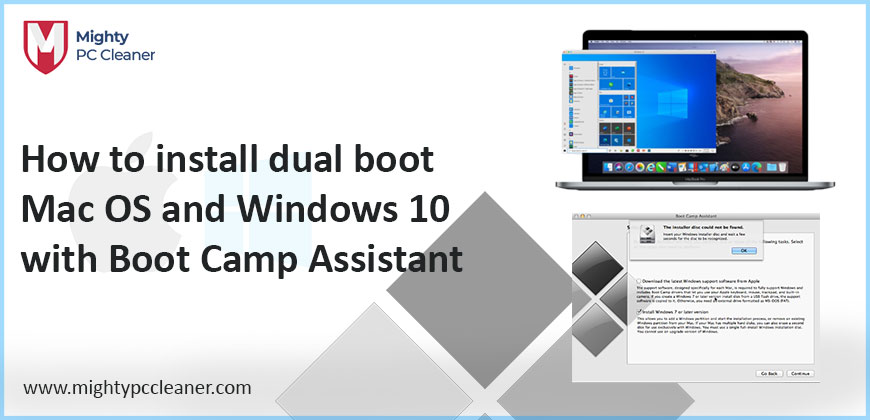

If you are ok with this, here are the steps in more details :īasically boot and hold command+alt/option+p+r hold until you hear the startup sound for the second time.Ģ) The computer may boot directly to macOS after this. In fact the computer possibly may not boot to anything by default after thisģ) remake a good boot entry for macOS, just in case

I propose to fix the mess, and take the occasion to use refind as your boot manager instead of grub. Looking at your boot report, it seems your boot entries for macOS in the NVRAM are corrupted. Anyway it doesnt seem to do a good job at it. I didnt know grub now had entries to try to boot macOS. I could see a boot file in /system/library/core services).Ĭan you help me to have grub booting MacOS ? I could add a bootfile in the EFI partition heading at the MacOS bootloader (which exists, since MacOS can boot when I hold the "alt" touch during startup. Perhaps it is the cause why grub doesn't detect MacOS and cannot boot it. There are no registered boot file on the MacOS partition (sda2). I can see that there is no mention of "apple" or "Mac" in the boot files in the EFI partition sda1. This report indicates that the macbook boots on EFI mode.

Then I have to chose between MacOS partition, which boots and MacOS runs well, and EFI boot partition, which continues to grub.

sda3 : a linuxmint 19 xfce 64 bits ext4 partition. The EFI boot was probably not exactly the same on these macbook.) (This macOS was installed on a Macbook 2.1, and I take the hdd to put it on the Macbook 5.1. sda2 : a Mac0S 10.6.8 hfsplus partition. I have a Macbook 5.1 (Unibody A1278, 2 Go RAM), and a HDD with :


 0 kommentar(er)
0 kommentar(er)
